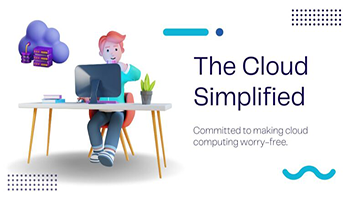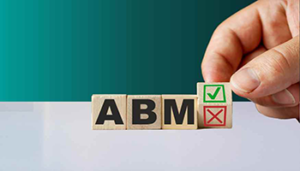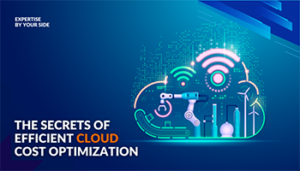Introduction
There’s a term that seems to float around quite frequently: “Cloud Computing.” You may have heard it in conversations, seen it in job descriptions, or stumbled upon it while deciding how to handle your data servers! But what exactly is cloud computing, and why is it such a big deal? Let’s take a friendly stroll into the basics of cloud computing and discover all the mysteries behind this technological marvel.
The Cloud: More Than Just a Fluffy Concept
Imagine a place where your digital files, photos, and favorite apps don’t live on your computer but instead reside on the internet. This magical place is what we affectionately call “the cloud.” Contrary to its ethereal name, the cloud is not a literal cloud floating in the sky. It’s a network of powerful servers housed in data centers worldwide. These servers store and manage data, making it accessible to users over the internet.
Why the Cloud?
Now, you might wonder, “Why bother with the cloud when I can store everything on my computer?” The cloud offers a number of advantages. First and foremost, it provides accessibility. Your data isn’t confined to a single device; it’s accessible from anywhere with an internet connection. Whether you’re at home, in a café, or halfway across the globe, your files are just a click away.
Secondly, the cloud brings flexibility. Need more storage space? No problem. Cloud services usually allow you to scale up or down based on your needs. This flexibility is particularly beneficial for businesses that experience varying levels of data storage requirements.
Services in the Cloud: An Array of Offerings
Cloud computing isn’t just about storage. It encompasses a variety of services catering to different needs. Here are three fundamental types:
- Infrastructure as a Service (IaaS): Think of IaaS as the digital version of renting a house. You get the basic structure (servers, storage, and networking) and have the freedom to set up your digital space as you wish.
- Platform as a Service (PaaS): PaaS is like renting a furnished apartment. You get the basic infrastructure, but the platform also provides tools and services to streamline your application development.
- Software as a Service (SaaS): SaaS is similar to staying in a hotel. You don’t have to worry about infrastructure or platform – you just access the service through your web browser. Common examples include email services like Gmail or productivity tools like Google Docs.
Security and Trust: Your Digital Guardian Angels
Security is a top concern when it comes to the digital realm, and rightly so. Entrusting your data to the cloud might seem daunting, but cloud service providers prioritize security. They implement robust measures like encryption, authentication, and regular security updates to safeguard your information.
Closing Thoughts: A Cloudy but Clear Future
As you embark on your cloud computing journey, remember that the cloud is not just for tech enthusiasts or large corporations. It’s a tool designed to make your digital life more seamless, flexible, and accessible. So, whether you’re backing up your photos, collaborating on a project, or just exploring the vast world of digital possibilities, the cloud is there to simplify your experience.





